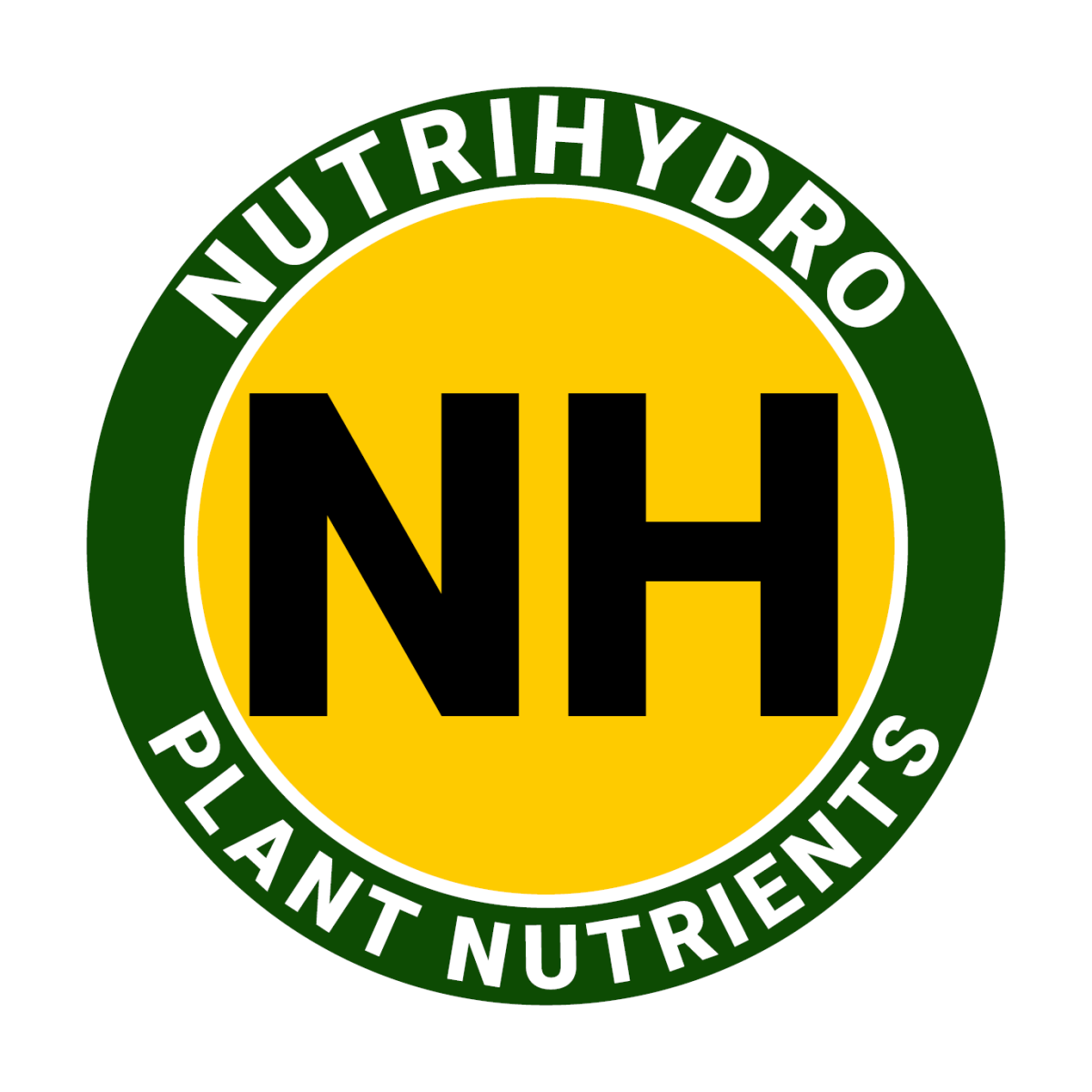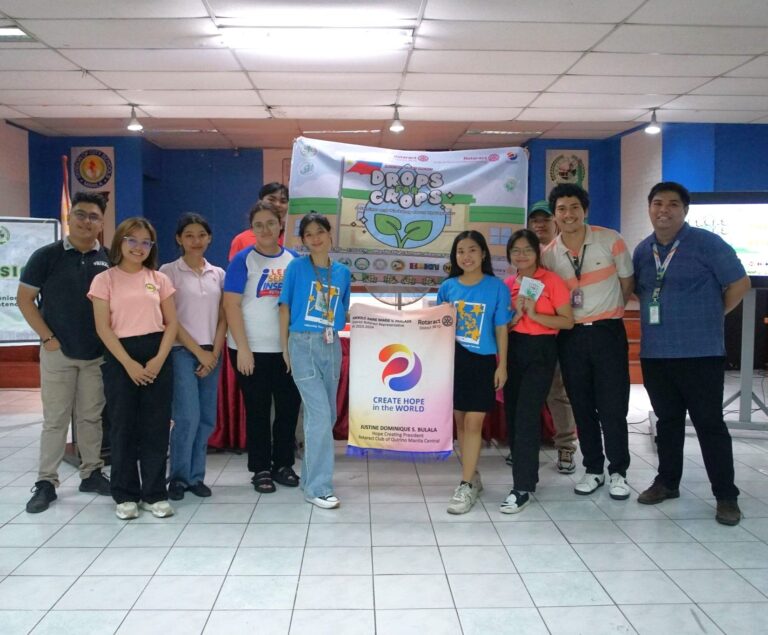Fusarium Wilt : Wilt and Die Series
Disease: Fusarium Wilt (Pythium Blight)

Fusarium wilt is a widespread plant disease that has far-reaching impacts across multiple agricultural sectors worldwide. Caused by the soil-borne fungus Fusarium oxysporum, this pathogen can wreak havoc on an array of crops, including tomato, banana, cotton, and, significantly for our discussion, lettuce. In hydroponic farming – a system that has grown popular due to its water and space efficiency, disease resistance, and high yields – Fusarium wilt can be especially detrimental. These pathogen infections can result in substantial crop losses and severely impact profitability, making it an issue of utmost importance to the hydroponic agriculture industry.
How does Fusarium Wilt Start in Hydroponic Systems?
Fusarium wilt begins when the dormant spores of the Fusarium fungus, already present in the environment, become activated and start to multiply. These spores can reside in the water, old plant debris, or the system’s growth medium. In hydroponic systems, the disease often begins with a single infected plant, and because of the interconnected nature of hydroponics, the pathogen can rapidly spread to other plants through the shared water source.
Symptoms of Fusarium Wilt:
The first signs of Fusarium wilt usually emerge as slight yellowing of the leaves, often misinterpreted as a nutrient deficiency. As the disease progresses, the symptoms become more noticeable and include:
- Yellowing and wilting of lower leaves: These leaves may show a mosaic pattern of yellow and green. Eventually, the wilt progresses upwards, affecting the entire plant.
- Browning of vascular tissue: The vascular tissues, responsible for transporting water and nutrients within the plant, turn brown or reddish-brown, impairing the plant’s functions.
- Stunted growth: Affected plants display overall stunted growth with reduced vigor.
- Wilted plants that do not recover overnight: Unlike typical wilt due to water stress, wilted plants do not recover even after receiving adequate water and nutrients.
Treatment and Management of Fusarium Wilt:
Currently, there is no cure for Fusarium wilt once it infects a plant; therefore, the focus should primarily be on managing the spread of the disease. Here are some strategies for effective management:
- Removal of infected plants: Infected plants should be promptly removed to prevent the spread of the disease to healthy plants.
- Sterilization: Regularly sterilize your hydroponic system, including tools and growing medium, to kill dormant spores.
- Biological control: Use of beneficial microbes, such as Trichoderma, can provide some level of protection against Fusarium wilt. These microbes compete with Fusarium for space and nutrients, inhibiting its growth.
Prevention of Fusarium Wilt:
- Regular Monitoring: Keep a close eye on your plants and the system. Quick detection of early symptoms can prevent a full-blown infection.
- Proper Nutrition: Provide your plants with a balanced nutrient solution. NutriHydro Lettuce Formula is an excellent choice for lettuce cultivation as it provides a complete host of nutrients required for the plant’s healthy growth and increased resistance to diseases.
- pH Management: Maintain the nutrient solution’s pH between 5.5 to 6.5. This range ensures optimal nutrient uptake, boosting plant health, and immunity. An incorrect pH can lead to nutrient lockout, making the plants weak and susceptible to diseases like Fusarium wilt.
Role of NutriHydro’s Bio-stimulants in Lettuce Cultivation:
NutriHydro’s Bio-stimulants, when used as a foliar spray, can play an instrumental role in preventing Fusarium wilt and enhancing plant growth. These bio-stimulants improve nutrient uptake, stimulate plant growth, and boost plant immunity. Moreover, they promote the growth of beneficial microbes that can help control Fusarium wilt and other diseases.
In conclusion, while Fusarium wilt can pose a significant threat to hydroponic lettuce cultivation, with vigilant monitoring, proper sanitation, adequate nutrition, and the right tools such as NutriHydro’s Lettuce Formula and Bio-stimulants, growers can manage and prevent this disease effectively, thereby ensuring a healthy and profitable yield.
= = = = =
On the next article, we will discuss Pythium Root Rot, also a disease that causes lettuce to wilt and rot.
Author
Christopher Tuason
Christopher Tuason
NutriHydro is a manufacturer of plant nutrients based in the Philippines. They are known to grow the healthiest, heaviest, and largest lettuce in the country. NutriHydro products are available to purchase from the following e-commerce platforms.
Lazada: bit.ly/3asMYXN
Shopee: bit.ly/3nRJX6Z
Basilyard: bit.ly/346Kklw
NutriHdyro Website: bit.ly/434MoY6





